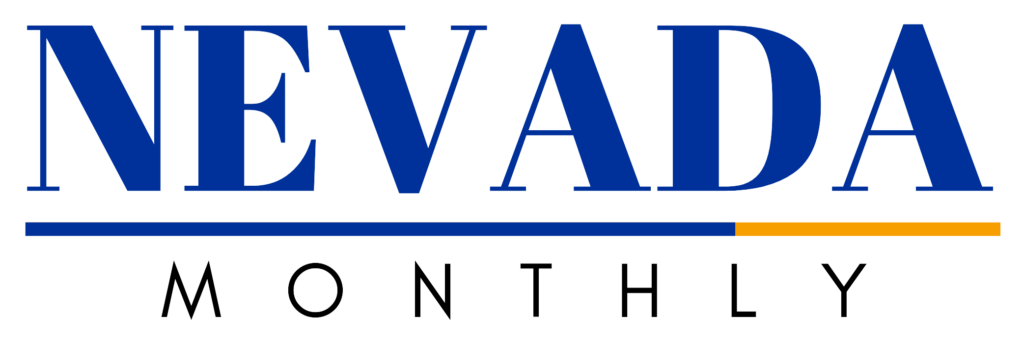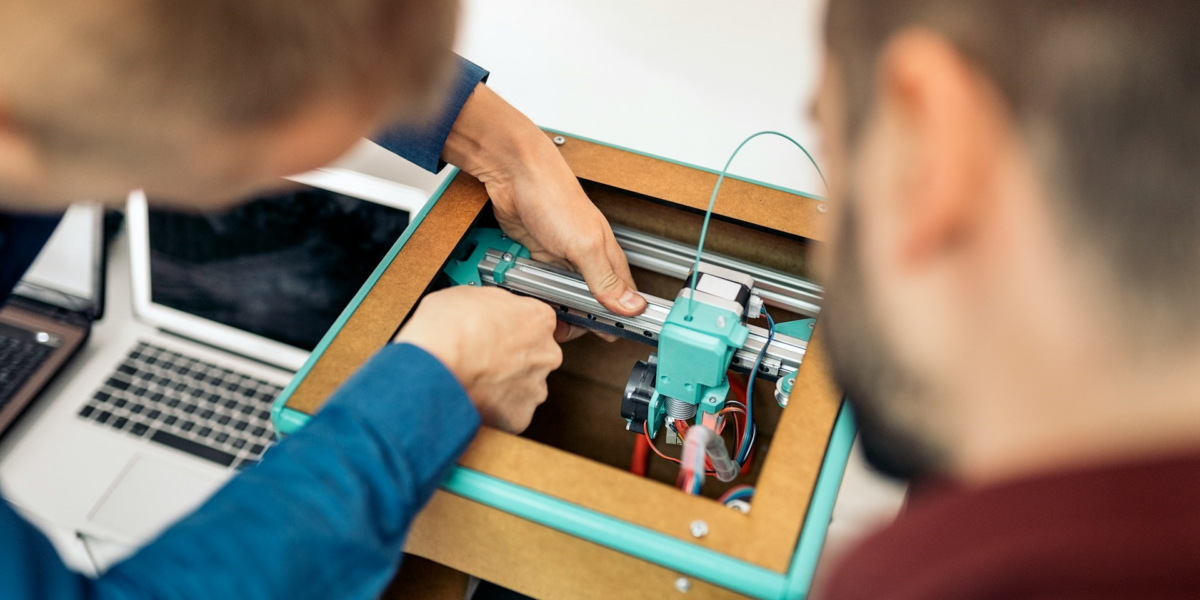The Importance of Regular Ear Cleaning: Keeping Your Ears Healthy and Happy
Ear cleaning is an essential part of personal hygiene that often gets overlooked. Many people may not realize the importance of regularly cleaning out their ears, but maintaining clean ears is crucial for overall ear health and well-being. In this article, we’ll explore why ear cleaning is important and how you can safely and effectively clean your ears at home.
Why Clean Your Ears?
The ear is a delicate and complex organ responsible for both hearing and balance. The ear canal is lined with glands that produce earwax, also known as cerumen, which helps protect the ear from foreign particles, bacteria, and moisture. However, too much earwax can build up and cause blockages, leading to discomfort, hearing loss, and even infections.
Preventing Earwax Buildup
Regular ear cleaning can help prevent the buildup of earwax and reduce the risk of complications. By gently removing excess earwax, you can maintain clear and healthy ear canals and prevent blockages from occurring. This is especially important for individuals who are prone to excessive earwax production or have narrow ear canals.
Improving Hearing
Blocked ear canals can significantly impact hearing, causing sounds to become muffled or distorted. By regularly cleaning out your ears, you can improve your hearing and ensure that sounds are transmitted clearly and accurately. This is particularly important for individuals who wear hearing aids, as blocked ear canals can interfere with the effectiveness of the devices.
Preventing Infections
Excess earwax buildup can create a warm, moist environment that is ideal for bacteria and fungi to thrive. This can increase the risk of developing ear infections, which can be painful and uncomfortable. By keeping your ears clean and free of excess earwax, you can reduce the likelihood of developing infections and other ear-related problems.
How to Clean Your Ears Safely
When it comes to cleaning your ears, it’s essential to do so safely and gently to avoid causing damage to the delicate structures of the ear. Here are some tips for safely cleaning your ears at home:
- Use Warm Water: Gently irrigate your ears with warm water using a bulb syringe or ear irrigation kit. Avoid using hot water, as it can cause discomfort or damage to the ear canal.
- Use Ear Drops: Soften stubborn earwax buildup by applying a few drops of over-the-counter ear drops or mineral oil into the ear canal. Allow the drops to sit for a few minutes before irrigating the ear with warm water.
- Avoid Cotton Swabs: Contrary to popular belief, cotton swabs are not recommended for cleaning the ears, as they can push earwax further into the ear canal and cause damage to the eardrum. Instead, use a soft cloth or tissue to gently wipe the outer ear.
- Seek Professional Help: If you experience persistent ear pain, hearing loss, or drainage from the ear, consult a healthcare professional for further evaluation and treatment. They can safely remove stubborn earwax buildup using specialized tools and techniques.
Maintaining Ear Health
In addition to regular ear cleaning, there are other steps you can take to maintain ear health and prevent problems:
- Protect Your Ears: Wear earplugs or earmuffs when exposed to loud noises, such as concerts, sporting events, or machinery, to prevent hearing damage.
- Avoid Inserting Objects: Never insert foreign objects, such as cotton swabs, bobby pins, or pencils, into your ears, as this can cause injury or push earwax deeper into the ear canal.
- Stay Dry: Keep your ears dry by gently drying them with a towel after swimming or showering, and avoid swimming in dirty or contaminated water to prevent infections.
Seeking a Professional for Ear Cleaning
Regular ear cleaning is essential for maintaining healthy ears and preventing complications such as earwax buildup and infections. By incorporating ear cleaning into your regular hygiene routine and following safe practices, you can ensure that your ears stay clean, clear, and comfortable. If you experience any problems with your ears or have concerns about earwax buildup, consult a healthcare professional for guidance and assistance. Your ears will thank you for it!













